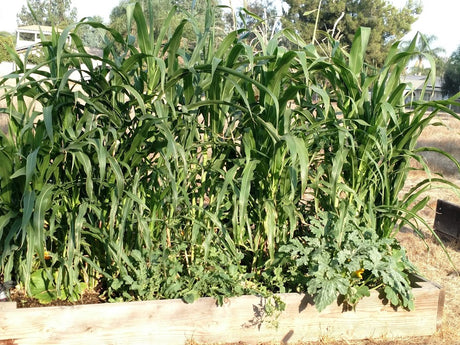
START A VICTORY GARDEN
Victory Gardens are making a comeback with an emphasis on sustainable food. Starting a garden is always a great idea so we have a few tips below. During World War I,...
Mary Smith |
Welcome to our store Learn more

Victory Gardens are making a comeback with an emphasis on sustainable food. Starting a garden is always a great idea so we have a few tips below. During World War I,...
Mary Smith |
Over 1,000 varieties of Heirloom Seeds
Free Shipping on Qualifying orders of $20 or more
Planting guides to help you grow a successful garden